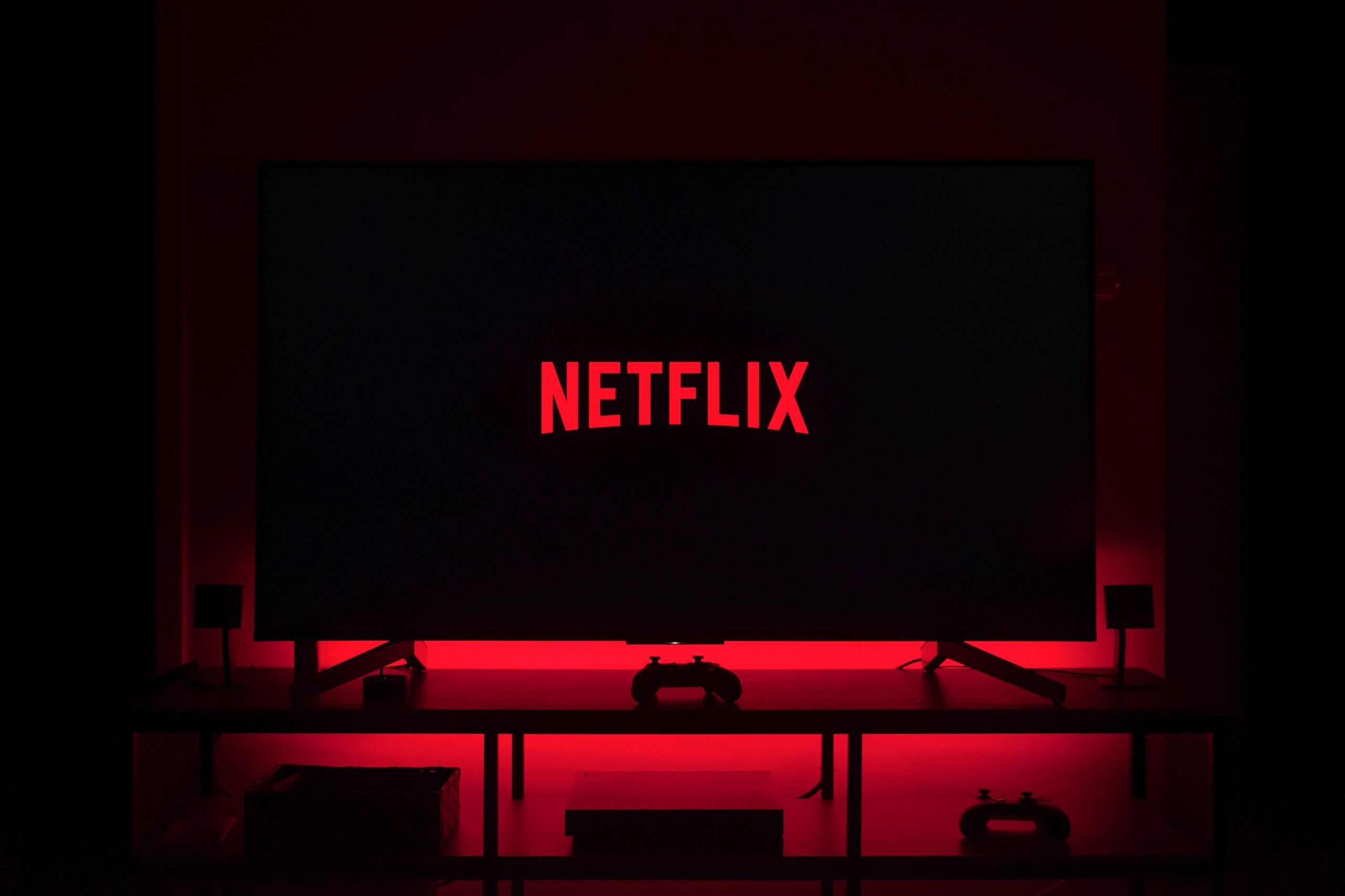POLICY BRIEF
Streaming Public Service Television in the Age of Platforms
27 March 2025
In the first of two Policy Briefs supplied by the PSM-AP project, Hanne Bruun, Julie Münter Lassen (University of Aarhus) and Catherine Johnson (University of Leeds) describe the lessons from a comparative analysis of Video on Demand (VoD) publishing and personalisation in seven markets.

This Policy Brief was originally published by the Public Service Media in the Age of Platforms (PSM-AP) project, and has been republished with permission.
By Hanne Bruun, Julie Münter Lassen (University of Aarhus) and Catherine Johnson (University of Leeds)
Public service media (PSM) all over the world have consistently been subject to social and technological changes. However, recent years have brought several new challenges.
These include radical changes in media use, the advent of streaming services, and the dominance of big tech. The new competitors for the attention of citizens have challenged public service media as an institution and project. Moreover, the profound changes in the media landscape have affected the broadcasters themselves, requiring them to transform into fully digital, online-first organisations.
Read more: How public media are competing with streaming services
In this context, we present results from research conducted during the second year of PSM-AP, a large-scale comparative research project analysing ‘Public Service Media in the Age of Platforms’.
In this brief, we put forward a series of findings and recommendations on PSM publishing and personalisation practices based on analysis of the PSM in-house video on-demand (VoD) services and main linear channels in the following markets: Belgium (Flanders and Wallonia), Canada, Denmark, Italy, Poland, and the UK.
Evaluating PSM VoDs
In an on-demand media culture more PSM organisations are required to fulfil their remits on their VoD services, which increasingly operate as ‘front doors’ to PSM content. It is necessary, therefore, to develop methods for analysing PSMs’ VoD publishing practices, particularly in a context where AI-driven personalisation isbecoming more common.
Currently, the organisations themselves do not publish detailed data on these practices or on VoD user patterns and demographics, e.g. as part of their public service audit material. Furthermore, there is no consistent access to cultural heritage archives with recordings of the 10 VoDs in question in each country.
To study the publishing and personalisation practices we therefore needed to collect data from the PSM VoD services. We did this by taking a snapshot of the structures and content on the home page of each VoD. The findings in this brief are based on a quantitative content analysis of this data comparing ten public service broadcasters, both publicly and commercially funded, in six countries: Belgium (RTBF, VRT), Canada (CBC), Denmark (DR, TV 2), Italy (RAI), Poland (TVP) and UK (BBC, Channel 4, ITV).
In an on-demand media culture more PSM organisations are required to fulfil their remits on their VoD services, which increasingly operate as ‘front doors’ to PSM content

First, we did a reverse engineering study of AI-driven personalisation on the VoDs included in the PSM remits in 2023 (RTBF Auvio, VRT MAX, DRTV, RaiPlay, TVP VOD, BBC iPlayer). We created four accounts – three genre-specific accounts and one neutral – for each VoD. The aim was to identify to what extent personalisation was implemented by the organisations and to examine the relationship between editorial curation and personalisation.
Second, we analysed the most important promotional part of the front page of the 10 VoDs: the ‘prime space’ (see Figure 1). The prime space is visible to the user when opening the VoD service without scrolling and equates to the ‘prime time’ of a linear channel. We compared the findings to the scheduling of prime time on the main channels from each organisation. The aim was to identify how PSM use their VoDs in terms of genres, origin of the content and target group when competing with the global streaming companies. Both sets of data were collected between 13 and 19 November 2023.
Key findings
The publishing practices identified show that the PSM companies address the competition from global streamers differently depending on their national context but with strong similarities across markets. Levels of personalisation vary, but editorial curation plays a major role on all of the PSM VoDs, even where the degree of personalisation is strong.
With few exceptions, the publishing practices in prime space are dominated by mimicking global streamers in terms of genre profile but with a strong emphasis on domestic productions.
The level of AI driven personalisation varies from light to relatively strong based on an evaluation of the differences and similarities between the neutral account and the genre-specific accounts. The reasons for these differences are connected to the costs of personalisation, continued dependence on broadcast television in many markets, requirements for metadata and user data, as well as considerations towards public service values.
Even when strong, personalisation is far more limited on PSM VoDs than other studies suggest of global subscription video-on-demand services (SVoDs). This is because when implemented, algorithmic personalisation is intertwined and combined with editorial insights (BBC iPlayer, DRTV and VRT MAX).
Prime Space
In ‘prime space’ most VoDs try to mimic streaming services like Netflix in terms of genre profile (fiction, entertainment and documentary), a strategy designed to attract and retain a broad and younger audience. DRTV and TV 2 Play are outliers. Live broadcasting of news and current affairs are largely left to linear channels.


Two practices are at play in terms of whether content on the VoD’s prime space comes from the main channel brand or from other channels:
1). The VoD replicates content from the main channel and targets a universal audience. The limited promotional space of a VoD is a challenge to the obligation to cater to niche audiences (VRT MAX, DRTV, CBC Gem, 4, ITVX and TV 2 Play).
2). The VoD offers more content from youth or niche channels, while retaining linguistic proximity. The challenge here is how to meet the obligation to cater to broad audiences no longer using broadcast television (BBC iPlayer, RaiPlay, RTBF Auvio and TVP VOD).
The emphasis on domestic productions is strong in both prime time and prime space. Where there are exceptions in prime space (RTBF Auvio, ITVX, CBC Gem), these are explained by linguistic proximity. The limited real estate of a VoD’s prime space represents a challenge for balancing new content and curating an archive. Particularly when the viewer does not use the VoD service daily, PSM face a challenge if the VoD is supposed to work as a ‘front door’ to the entire portfolio.


Subscribe toour newsletter
Keep updated with the latest public
media news from around the world
Recommendations
Incentives to personalise PSM
PSM should be incentivised to implement AI driven personalisation to meet public service obligations and user expectations in an on-demand driven media culture. Personalisation should be regarded as part of PSM’s basic functionalities and not as a threat to the core values of universality, diversity and quality. PSM should, however, consider striking a balance between editorial curation and personalisation to drive up viewing and to broaden choice of content. These practices should facilitate citizens in encountering and engaging with a diversity of content.
Recognisable content profiles on PSM VoDs
PSM need to identify and employ content strategies and publication practices that set them apart from global streamers. The genre profile of PSM VoDs could become easier to recognise by employing a broader mix of genres in prime space. The companies should further exploit the cultural-political and linguistic benefits of being a native television company with a deep knowledge of the everyday life, taste segments and agendas of its users in a specific national and/or regional context.
New performance metrics for online PSM content publication
In transitioning to an online PSM identity in which the VoD is the ‘front door’ to the content, PSM would benefit from developing new metrics and measures to document that they are meeting the core values of universality and diversity. Compared to the multi-channel era of television the limited real estate of the VoDs’ prime space is a challenge to these values and PSM’s ability to serve broad and diverse audiences.
Evaluation of PSM performance online
Policy makers need to require PSM companies to be transparent and accountable to the public in how they manage their obligations on their VoDs as the transition to online PSM develops. Clear metrics and methods are needed to make an evaluation of their compliance with the public service remit transparent and easy to understand. Furthermore, the emerging use of AI-driven personalisation requires algorithmic transparency and clear rules on the use of data and protection of privacy. Finally, the PSM VoDs should be recorded and preserved for research by national heritage archives on par with the practices used for linear PSM channels.
About the study
The study is the second milestone of PSM-AP, a three-year research project that examines how public service media organisations, regulators and policymakers are adapting to the new platform age, with a focus on television. The project is supported by the CHANSE ERA-NET co-fund programme, which has received funding from the European Union’s Horizon 2020 Research and Innovation Programme, under Grant Agreement no 101004509. PSM-AP is led by Catherine Johnson (University of Leeds, UK), together with Principal Investigators Tim Raats (Vrije Universiteit Brussel, BE), Michał Głowacki (University of Warsaw, PL), Hanne Bruun (Aarhus University, DK), co investigator Massimo Scaglioni (Università Cattolica del Sacro Cuore, IT), together with postdoctoral researchers Catalina Iordache (Vrije Universiteit Brussel, BE), Dan Martin (University of Leeds, UK), Julie Mejse Münter Lassen (Aarhus University/DMJX, DK), Filip Świtkowski (University of Warsaw, PL), Antonio Nucci (Università Cattolica del Sacro Cuore, IT), and supporting researchers Jacek Mikucki (University of Warsaw, PL) and Katarzyna Gajlewicz-Korab (University of Warsaw, PL). More information on the project can be found here.
Featured Image: Tiny people watch video with remote control and television multimedia box. Smart TV box, smart tv console, make your TV smart concept. Bright vibrant violet vector isolated illustration. Credit: Net Vector / Shutterstock.com
Related Posts
27th March 2025
Young European audience habits and what it means for public media
A new study explores the viewing habits…
3rd July 2024
Switching off: Young audiences, streaming and public media
The outlook for public media is not…
7th June 2024
How public media are competing with streaming services
What approaches are public media taking…
7th May 2024
ZDF and ARD start open source initiative for shared streaming network
ZDF and ARD start a collaboration on…


